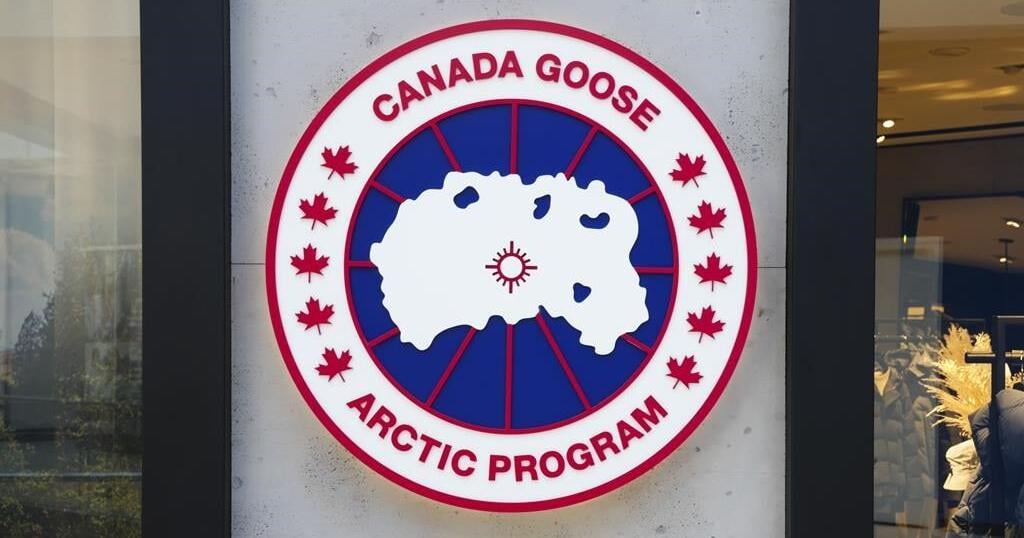I have often noted that presidents have few ways to impact gasoline prices in the short term. However, one of the ways they can make a short-term impact is to release oil from the nation’s Strategic Petroleum Reserve (SPR). The U.S. created the SPR in 1975 following the 1973–1974 oil embargo, to protect against future oil supply disruptions. Although it is supposed to be used for severe supply disruptions, politicians have historically used it to try to stem rising gasoline prices — especially in election years.
Thus, in this election year — and with gasoline prices on the rise — one of my 2022 predictions was “The Biden Administration will announce additional releases of oil from the SPR ahead of the midterm elections.”
A Prediction Fulfilled
Last week President Biden announced the largest SPR release in the history of the reserve. The White House released the following statement:
“The scale of this release is unprecedented: the world has never had a release of oil reserves at this 1 million per day rate for this length of time. This record release will provide a historic amount of supply to serve as bridge until the end of the year when domestic production ramps up.”
Indeed, we have never seen a release of this magnitude before. If the full release is realized, it will reduce the SPR inventory back to levels last seen in the early 1980s.
President Trump’s Odd Claim
The announcement prompted an odd response from former President Trump. Through his spokesperson, President Trump claimed:
“So after 50 years of being virtually empty, I built up our oil reserves during my administration, and low energy prices, to 100% full. It’s called the Strategic National Reserves, and it hasn’t been full for many decades. In fact, it’s been mostly empty.”
There’s just nothing about that statement that is true. As you can see in the graphic below, the SPR levels have never fallen below 500,000 thousand (i.e., 500 million) barrels of crude oil since the 1980s.
Related: Oil Prices Rebound Despite Biden’s Best Efforts
In fact, the highest level ever for the SPR was in 2010, when Barack Obama was president. Further, there was actually a net decline in the SPR when President Trump was in office. When he took office in January 2017, the SPR contained 695 million barrels. When he left office four years later, the SPR contained 638 million barrels. So not only is the claim of filling it untrue, but the level of the SPR actually declined while President Trump was in office.
One thing President Trump did propose was to top off the SPR when the Covid-19 pandemic was crushing oil demand. In March 2020 President Trump directed the Department of Energy to “fill the Strategic Petroleum Reserve (SPR) to its maximum capacity by purchasing 77 million barrels of American-made crude oil.”
That directive may be the source of President Trump’s confusion on the issue. However, 1). The directive was never carried out; and 2). The SPR was already within 13% of its highest-ever level when that directive was issued. So it’s not as if the SPR was empty at the time.
What Happens Next?
Donald Trump’s claims aside, what will be the impact of this release? And is it a wise thing to do?
Given the magnitude of the release, it is likely to have a substantial downward impact on oil and gasoline prices over the next few months. Whether that decline can be sustained is really dependent upon just how quickly U.S. oil production continues to ramp up — as well as what happens with Russian oil supplies.
It’s highly unlikely that U.S. production will increase by 1 million BPD in the next six months, but that timing will also mark the end of the high-demand season in the U.S. So it’s possible that the impact will be sustained. Further, six months from now is just before the November elections, so additional releases could be announced if the current releases don’t have the desired impact.
Of course, the SPR was put in place to guard against severe supply disruptions. We are not experiencing a severe supply disruption. Yes, we have banned the import of Russian oil, but that oil will make its way to other customers. But imagine that we do deplete the SPR to the lowest levels since the 1980s, and then a severe supply disruption does take place.
An analogy to this would be deciding to insure your $500,000 home for $200,000. You could probably get away with it, because your home is unlikely to be destroyed in a natural disaster. But, if it was, you may find yourself in deep trouble when you are unable to replace your home.
That’s the risk of a depleted SPR. If we have no severe supply disruptions, it may be looked upon as a bold move that helped bring oil prices under control. But if there is a severe supply disruption in the next few years, it will be viewed as an incredibly foolish and short-sighted move that put the U.S. at greater risk. History will be the judge of whether this was a good idea, but it is definitely a move that comes with risk.
By Robert Rapier
More Top Reads From Oilprice.com:




























